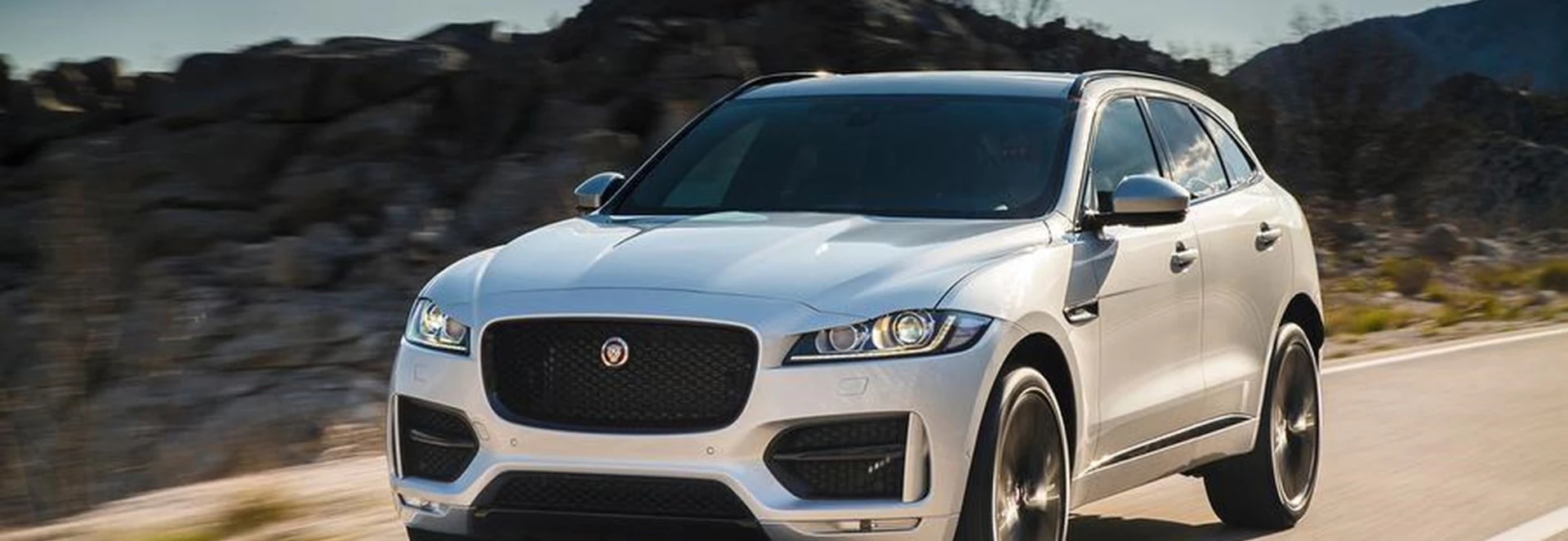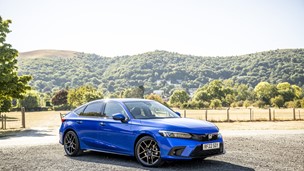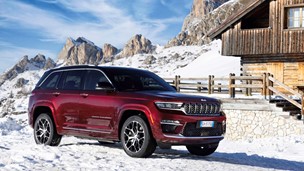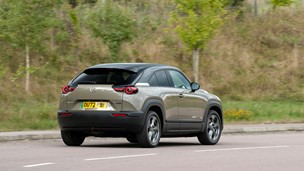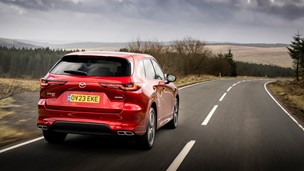Introduction
The F-PACE is Jaguar’s first ever SUV - hard to believe that it’s took this long when you consider how incredibly lucrative the SUV segment has been for the last 10 years or so.
But it is finally here, boasting trademark Jag styling cues, V6 performance, F-TYPE DNA and a lavish interior. What’s not to like?
Well, although this may be Jag’s first ever SUV, there is still a plethora of SUV competitors in the marketplace. And due to the F-PACE’s size, it sits in between segments and therefore has the task of tackling everything from the Audi Q5 to the Volvo XC90. Not an easy task.
But can it really offer the enthralling characteristics of a Jaguar sports car?
Performance
Sitting at the top of the F-PACE range are the performance-happy ‘S’ models. The diesel derivative of the F-PACE S utilises a 296bhp 3.0-litre V6 unit. With a 0-60mph sprint of 5.8 seconds, the F-PACE S boasts proper sports car performance, and due to its vast size, it can be very easy to hit that benchmark speed without even realising it. The V6 diesel also comes with a heady 700Nm of torque.
Although performance is plentiful in the V6, it can easily be driven at lower speeds around town without it feeling too high-octane, which makes it much easier to live with than most other performance-orientated V6s.
The eight-speed automatic gearbox it comes mated to allows for smooth, no-nonsense shifts as well, particularly at higher speeds. It can take a bit of getting used to how the gearbox shifts from first to second at lower speeds, but overall it is very smooth.
This eight-speed ‘box also comes with flappy paddles for sequential shifting on the steering wheel, great for those who want to embrace its sports car DNA.
Ride and Handling
The steering is excellently weighted, responds instantly to input and offers great levels of feedback that fills you with confidence when going into bends.
There is no denying the F-PACE is a big SUV, but does it feel like a big SUV to drive? Well, cruise around the city and you will tower over mopeds and hatchbacks and struggle to navigate tight multi-storey car parks. If you are after a road-domineering SUV, then this will do the job.
Take it out onto the open road and show it hairpin bends however and the F-PACE’s burly physique shrinks around you. Jaguar claims that the F-PACE is essentially a jacked-up version of the F-TYPE sports car – and it is easy to see why when driving it gleefully.
The steering is excellently weighted, responds instantly to input and offers great levels of feedback that fills you with confidence when going into bends. The ride is firm too, allowing body roll to be kept to a minimum – but it’s not uncomfortable.
One of the biggest perks of the AWD system is that it predominately makes use of its rear wheels when in two-wheel drive mode. This means that just like a sports car, understeer is kept at bay and the nose can be neatly tucked into the apex of a bend.
The AWD system also allows means the F-PACE can look after itself when taking on moderate inclines and muddy tracks by shifting traction to the wheels that need grip. Sure, you can put it to the test and venture up the side of a mountain with it, but if you are planning on such extreme activities, then surely you’d go for a Land Rover.
After driving the F-PACE for a while there are a few minor niggles that may become apparent, like the rumble from the massive 22-inch wheels we had and the lack of rear visibility due to the sloping roof and chunky C-pillars. Of course, these are valid points for those after comfort and convenience, but for those after sporty character, these are easily overshadowed.
Did you know? Jaguar pitted its F-PACE against the Porsche Macan when testing to ensure it had competitive driving dynamics.
Interior And Equipment
The F-PACE offers a familiar Jag interior, which is to say it is simple but classy and ridiculously well-equipped on the tech side of things. Most of the tech treats are centred on the InControl infotainment system, with the usual sat-nav, Bluetooth and DAB features.
The stand-out feature from a convenience point of view for us however is the sat-nav points of interest search which, just like Google, allows you to search for areas using semantic search. So, if you search Texaco then it will show you petrol stations for example. This makes searching for nearby places like eateries much easier.
Other bonus features of the InControl system include a rear-view camera that can be operated at any time (even when driving) and a detailed Eco data screen. The large TFT-LCD screen behind the steering wheel works in tandem with this system, with the likes of traffic sign recognition and sat-nav directions able to be specified.
Quality wise, there are leather trimmings and stitching aplenty, with the only slightly questionable plastics being located lower down towards the footwell areas. There are some convenient storage cubbies too, with decent-sized door bins, a huge central arm rest and two large cup holders.
Even though quality and tech is top notch, the F-PACE doesn’t skimp on practicality in the rear. As well as having lovely leather seats in the back, there is also tons of head and leg room – plus some convenient creature comforts like an arm rest with two cup holders and two USB charging ports.
The boot has plentiful space too, with 650 litres with the seats up and 1,740 litres with the seats down. There is even a reversible boot floor to give a more durable surface for loading the likes of tools or camping gear. With up to 1,740 litres of storage space, the F-PACE competes with SUVs from the class above.
Cost
The privilege of having half-decent fuel economy as well as tasty performance comes at a price however as you will pay a £17,000 premium for it.
Go for the V6 diesel and you will benefit from better efficiency than the V6 petrol, with CO2 of 159g/km and an average return of around 35-40mpg.
The privilege of having half-decent fuel economy as well as tasty performance comes at a price however as you will pay a £17,000 premium for it, with the V6 diesel coming in at around £51,000. With some added extras, which you will no doubt indulge in, our model came to almost £60,000.
Although that does put quite a dent in the bank, that is about par for the course when it comes to hot SUVs. It does beg the question however, if you want efficiency then why not go for the 2.0-litre diesel? Or if you want performance, why not go for the supercharged V6 petrol? Is it really worth forking out all that money to achieve a middle ground?
Our Verdict
Regardless of whether you think the V6 diesel is a little redundant in the F-PACE range, it is still a strong engine and it does suit its SUV personality well. And let’s not forget, this is a first go in the SUV segment for Jaguar, of which they have pretty much nailed.
The F-PACE does offer the charm of a high-riding SUV, but it also manages to stay true to what makes Jaguars, Jaguars. It is fun to drive, it looks amazing and it’s highly luxurious. Jaguar, take a bow.
